Fukuoka Asian Art Triennale (FT)
International Exhibition for Exchange in Asia
The Fukuoka Asian Art Triennale is also known as the Fukuoka Triennale (FT). When the Fukuoka Asian Art Museum opened in 1999, the museum held The 1st Fukuoka Asian Art Triennale 1999 (FT1) as its inaugural exhibition—a positive development of the Fukuoka Art Museum’s Asian Art Show, which was held every five years. (The subtitle of FT1 was The 5th Asian Art Show to present the exhibition as the continuation from those by the Fukuoka Art Museum, but the subtitle Asian Art Show was not used in FT2 and later editions.) Compared to The 4th Asian Art Show, the number of participating countries and regions increased by three (Taiwan, Bhutan, and Cambodia); artists from 21 countries and regions (which continued until FT5) were introduced. Since “promoting the communication through art” was a core mission of the museum, FT1 focused on Art Exchange Program; accordingly, the participating artists were invited to Fukuoka. Taking advantage of its location in downtown Hakata, the museum conducted a series of exhibitions, performances, and workshops using the shopping arcades, parks, and vacant buildings nearby. The theme of the exhibition, “Communication: Channels for Hope,” reflected the museum’s mission and focus on artworks that initiated various modes of communication, from face-to-face relationships to virtual ones involving videos or computers.
FT2 was held in 2002 with the theme “Imagined Workshop.” Strategically contrary to the direction of FT1 and other international art exhibitions, it focused on artworks using craft-like methods, such as works created by hand or through collaboration and those that featured the characteristics of raw materials.
Unlike FT1 and FT2, which were held in March, FT3 in 2005 was held in September as a part of a larger Asia Month event organized by Fukuoka City. The theme of the exhibition was “Parallel Realities,” and it involved artists from the new generation whose works were inspired by popular culture. The exhibition toured Blackburn in the U.K.
FT4 was held in 2009, marking the 10-year anniversary of the museum, and it featured both emerging and internationally established artists. Under the theme “Live or Let Live: Creators of Tomorrow,” bold artworks on life and death impressed the viewers.
FT5 was held in 2014 with the theme “Panorama of the NextWorld: Breaking Out into the Future.” It focused on video and media arts while holding a special exhibition that introduced new-generation Mongolian paintings. FT5 also introduced Fukuoka-based artists, involved collaborations with the Yokohama Triennale and Busan Biennale, and incorporated new publicity methods, such as creating a theme song. The Art Exchange Program had 122 events, more than the previous four editions.
The following are the characteristics of the Fukuoka Asian Art Triennale, in comparison to international art exhibitions in other Asian countries:
- The participants were limited to 21 Asian countries/regions, with ambitious emerging artists selected at least one from each country/region, through extensive field research and introduced into an international stage.
- Artists were given opportunities to meet citizens and audiences through artist-in-residence exchange programs and by creating collaborative forms of artworks through programs such as workshops and performances.
- The exhibitions were organized by the Fukuoka Asian Art Museum, and the artworks presented or created through the exhibition and programs were collected by the museum and displayed through collection exhibitions, even after the FT events.
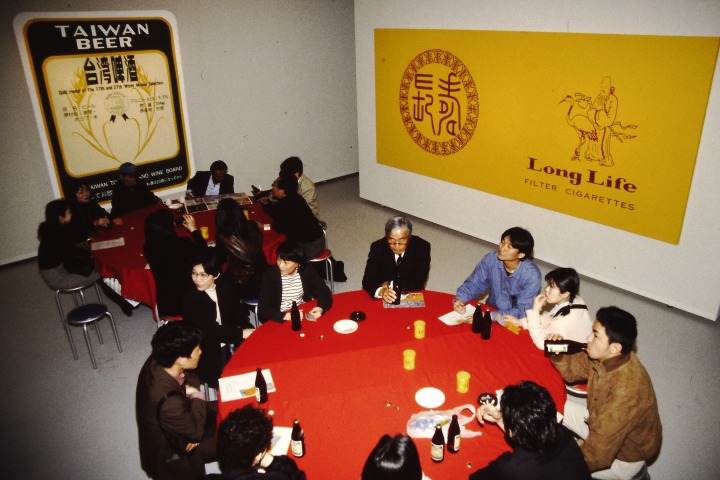
FT1: a project by Michael Lin (Taiwan) with Taiwanese cigarette and beer
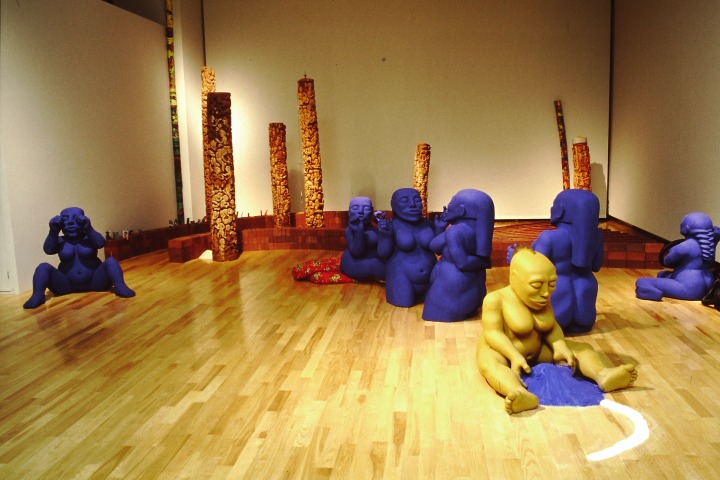
FT1: Collaborative work by Navjot Altaf (India)
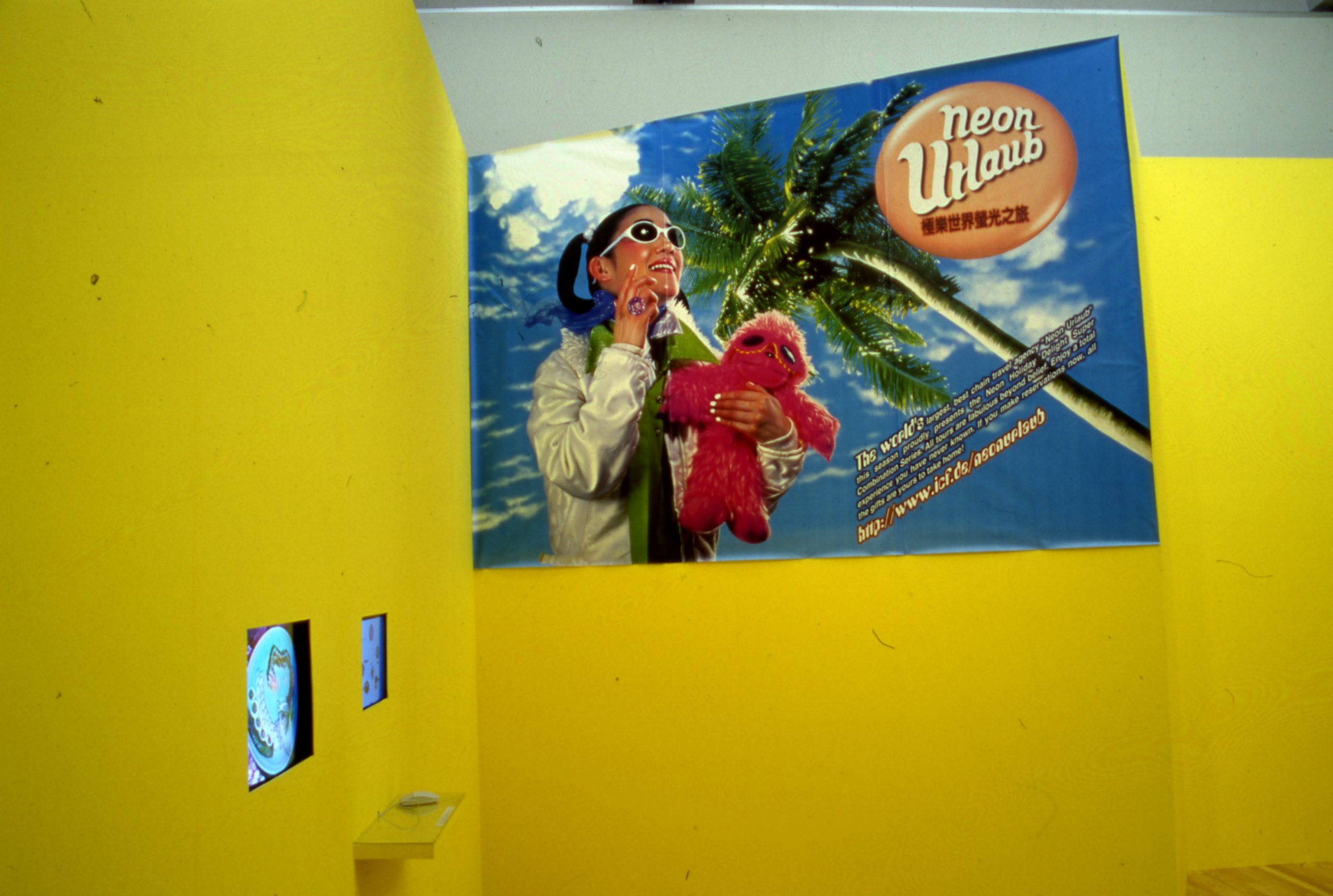
FT1: Installation (detail) of Wang Junjieh

FT1: Tank lorry painted by Pakistani painters produced by Durriya Kazi & Davd Alesworth (Pakistan)
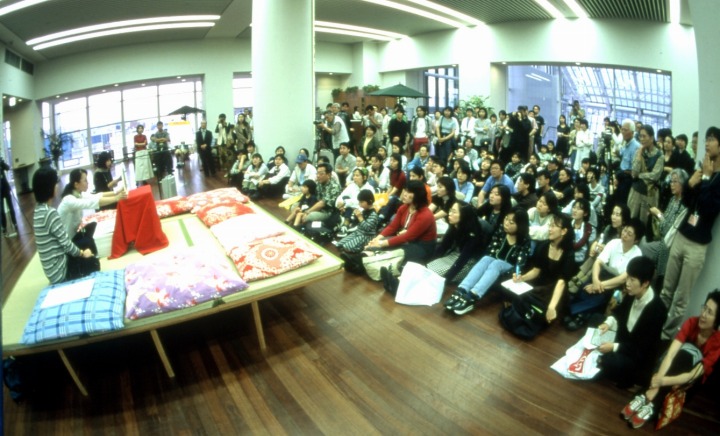
FT1: Kamishibai by Douangdy Khanthavilay (Laos) performed by museum volunteers on a work by Michael Lin

FT1; Performance by ium (South Korea) in a parade of Hakata Dontaku festival
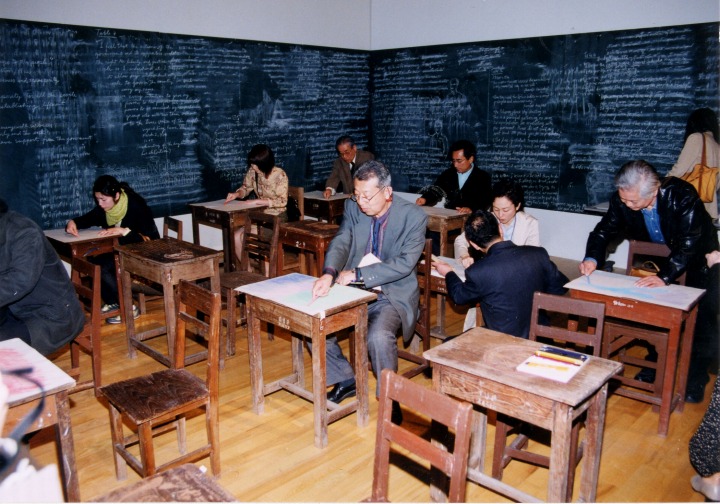
FT2: an installation by Sutee Kunavichayanont in which audience can copy pictures carved on wooden desks for classroom.
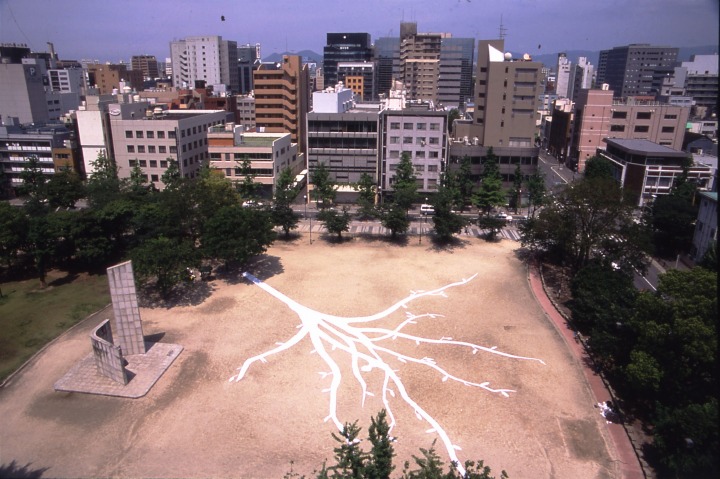
FT2: Installation by Harsha, Reisen Park
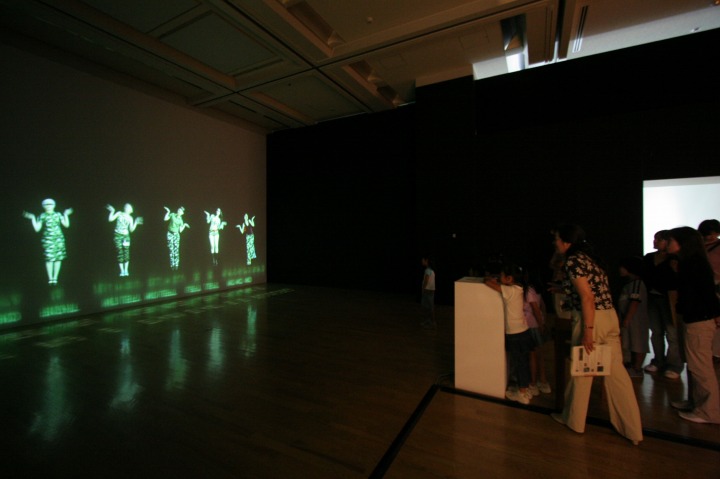
FT3: an interactive work by Silpa Gupta (India)

FT3: works created by Thaweesak Srithongdee (Thailand) in Art Exchange Program

FT4: a sculpture by Huang Yongping (front) and a painting by Cai Guoqiang (left behind)
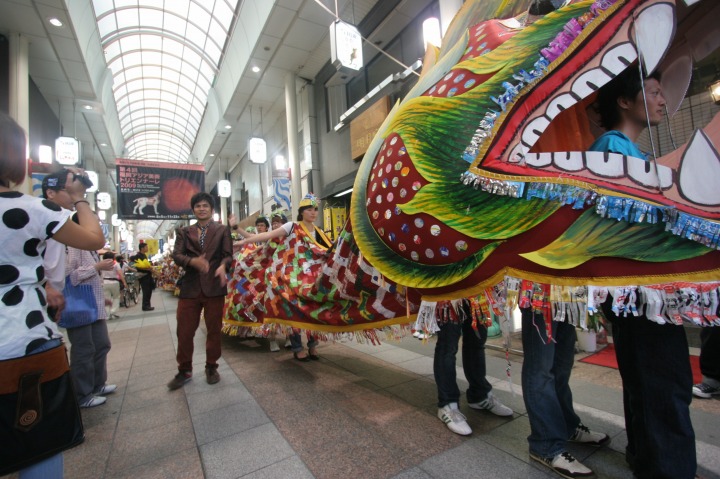
FT4: a parade of makara by Leang Seckon (Cambodia) in Kawabata Shopping Mall

FT5: a wall installation by PHUNK (Singapore) which kept changing during the exhibition
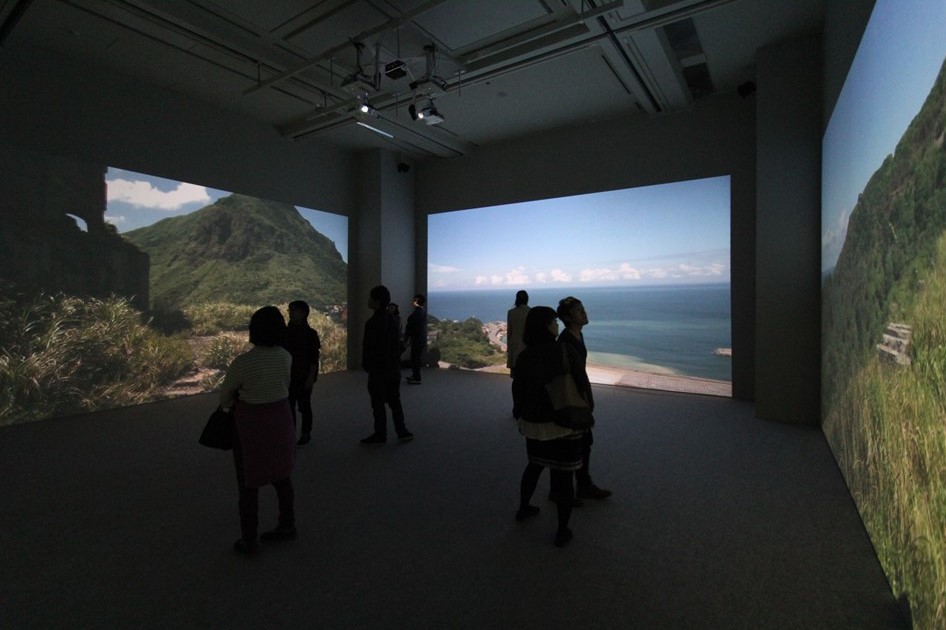
FT5: an installation by Yuan Goangming (Taiwan)

FT5: an installation by Min Thein Sung (Myanmar)

FT5: a balloon sculpture by Choi Jeonghwa (South Korea) in front of Hakata Station
